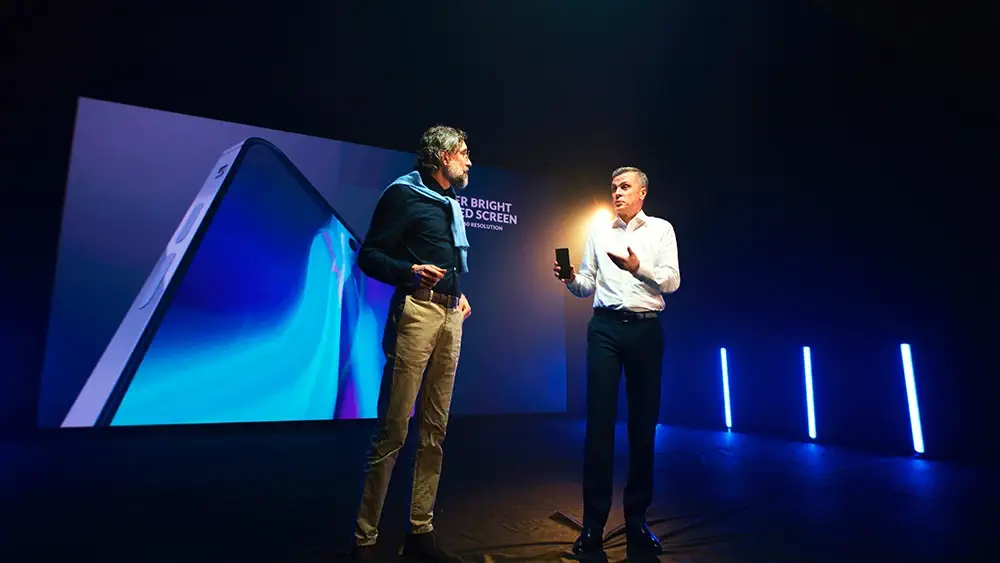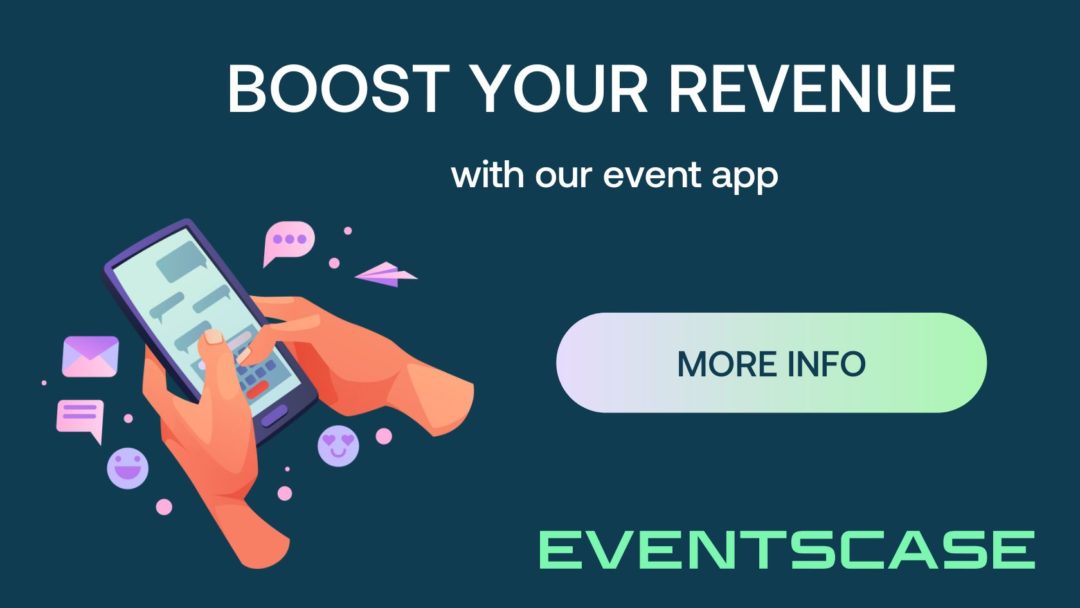Although not a new trend, micro-events are gaining traction as an effective option for companies seeking highly personalised, impactful experiences. Characterised by their small scale and exclusive focus, these events allow brands to establish deeper connections with attendees. This article explores the reasons behind the rise of micro-events, how they are transforming, and the critical role technology plays in optimising their organisation and experience.
What is a Micro-Event?
A micro-event is a smaller-scale event, usually with fewer than 50 participants, that prioritises personalisation, exclusivity and high-value experiences. Its small size allows organisers to offer more personalised attention tailored to the individual needs of each attendee. These events range from high-level meetings, exclusive product launches, to training workshops and meetings with select clients.
This trend has grown in popularity largely due to changing attendee expectations, who value authentic, personalised experiences over large conferences and traditional trade shows. According to Statista data, small and intimate events have shown a faster post-pandemic recovery, with demand for them increasing by 23% in the last year.
Advantages of Micro-Events
Here are four advantages of micro-events over larger events.
Deep Connections
By reducing the number of attendees, companies can foster greater intimacy, creating deeper connections with their participants.
Increased personalisation
With fewer people to manage, organisers can personalise the experience and tailor content to the specific interests of each attendee.
Reduced Costs
These events often require fewer resources in terms of space, catering, and logistics, enabling significant savings in event budgets.
Higher ROI
By attracting only key participants, micro-events allow for clearer, more targeted ROI measurement—a critical aspect in the corporate sector.

Technology as a Key Element in Micro-Events
The role of technology in micro-events is critical, allowing organisers to manage multiple aspects with a precision and effectiveness that would not otherwise be possible. From personalising invitations to collecting post-event data, the right technology enhances the attendee experience and allows for detailed control of every aspect of the event.
Event Management Software
To organise a micro-event effectively, it is essential to have event management software that centralises all necessary tasks—from sending invitations to tracking attendee engagement. Robust software can handle registration, communications, and reminders, tailoring each step to individual participants. This type of technology also enables the segmentation of attendees by preferences, interests, and profiles, creating a tailored experience for each person.
Networking Apps
The exclusivity of micro-events implies a special attention to networking and interaction between attendees. Networking applications or event networking software allow participants to make connections before, during and after the event, maximising the value of each contact. These tools often include features such as live chats and detailed participant profiles, encouraging deeper and more personalised interactions. According to a report by Skift Meetings, networking platforms increase satisfaction levels at small events by 65%.
Augmented Reality (AR) and Virtual Reality (VR)
The incorporation of technology such as AR and VR is revolutionising the way micro-events are conducted. These technologies offer an immersive experience that allows attendees to explore products, participate in interactive demos or enjoy presentations in a more engaging way. At exclusive product launches, for example, augmented reality can allow attendees to see and experience a product from multiple perspectives, something that would be difficult to achieve at a larger-scale event.
Real-Time Data Analysis
One of the benefits of micro-events is the ability to monitor and analyse in real time the interactions and behaviour of attendees. Data analysis tools allow organisers to measure engagement and feedback from participants, which helps to adjust the event in real time if necessary. Data collection helps to optimise future editions and allows organisers to have a clear idea of the return on investment (ROI) and impact of each interaction.
Use Cases of Micro-Events in Different Sectors
Micro-events are versatile and find applications across various industries.
Technology: Exclusive Launches and Roadshows for Apple Customers
Apple is renowned for its large annual events, but it also holds micro-events for select audiences. For instance, during product launches such as the iPhone, Apple has hosted smaller events with industry leaders, influencers, and trade press, creating a more immersive experience. Apple has also conducted roadshows in multiple cities for corporate clients and key developers, presenting innovations and offering direct access to technical teams. These micro-events foster exclusive, personalised connections with high-value audiences.
Fashion and Luxury: Chanel Private Collections
Luxury fashion brand Chanel has adopted micro-events for its haute couture collection launches. Instead of large public shows, Chanel holds intimate events at flagship boutiques in cities like Paris, New York, and Tokyo, reserved for top clients and selected fashion press. This approach allows attendees an up-close, personalised experience with the collection, reinforcing Chanel’s exclusivity and generating high interest and desire among attendees.
Consulting and Finance: Deloitte Strategy Meetings
Deloitte, one of the world’s leading consulting firms, regularly organises micro-events in the form of strategy meetings with executives from major clients. Typically involving only a few representatives from Deloitte and the client, these meetings allow for an in-depth exploration of business challenges and tailored solutions. Deloitte often includes interactive problem-solving sessions that utilise augmented reality to simulate business scenarios, enhancing personalisation and building trust with clients.
Automotive: Porsche VIP Driving Experiences
Porsche, the luxury sports car brand, holds micro-events for selected clients to experience its vehicles in controlled environments. Known as the “Porsche Experience,” these events allow potential buyers to test drive exclusive models on racetracks, guided by professional instructors. Each experience is tailored to the attendee’s preferences, reinforcing exclusivity and personalisation. This strategy not only boosts sales but also creates an emotional connection between customers and the brand.
Pharmaceutical Sector: Pfizer Educational Seminars for Medical Specialists
Pfizer has implemented micro-events in the form of educational seminars and hands-on workshops for physicians and specialists. These events offer in-depth interaction, presenting detailed clinical studies and the latest treatment developments. Participants can ask questions and receive direct answers from researchers. Pfizer also uses digital platforms for follow-up, providing exclusive access to research materials and strengthening relationships with specialists.
Entertainment: Netflix Exclusive Previews
Netflix has started hosting micro-events in the form of exclusive previews for select journalists, influencers, and key fans prior to the release of popular series or films. These events not only allow early viewing but also offer immersive experiences that reflect the series or film’s world, including themed sets, cast interactions, and unique activities. Netflix generates excitement and engagement before streaming releases, increasing anticipation and promoting word-of-mouth among key audiences.

Recommendations for Maximising the Impact of Micro-Events
Here are four recommendations to keep in mind when organising micro-events.
Define your Objectives with Clarity
Set specific goals for each micro-event, such as strengthening customer relationships, promoting a new product, or increasing brand awareness.
Choosing the Right Technology
Use technology that facilitates logistics and enhances the attendee experience. The technology should be user-friendly and suitable for the event scale.
Personalise every detail
From registration to content and on-site interactions, every element should be carefully tailored to attendees’ needs.
Measure and Analyse
After the event, collect as much data as possible and analyse the results to gather valuable insights, which can improve future events.

The Future of Micro-Events
As attendees increasingly value personalised experiences, micro-events will continue to be an effective strategy for companies aiming to maximise customer experience and ROI. Technology will drive this evolution, offering ever-advanced tools to personalise, manage, and measure the success of each event.
In conclusion, micro-events represent not only a trend in the corporate and event industries but also a powerful tool for relationship-building, fostering innovation, and delivering experiences that resonate with attendees. Leveraging the right technology is essential to capitalise on this trend and create unforgettable, intimate events.
If you would like to subscribe to our newsletter to get live updates on everything related to our platform – news, blogs, events, announcements and much more, please, register here.






